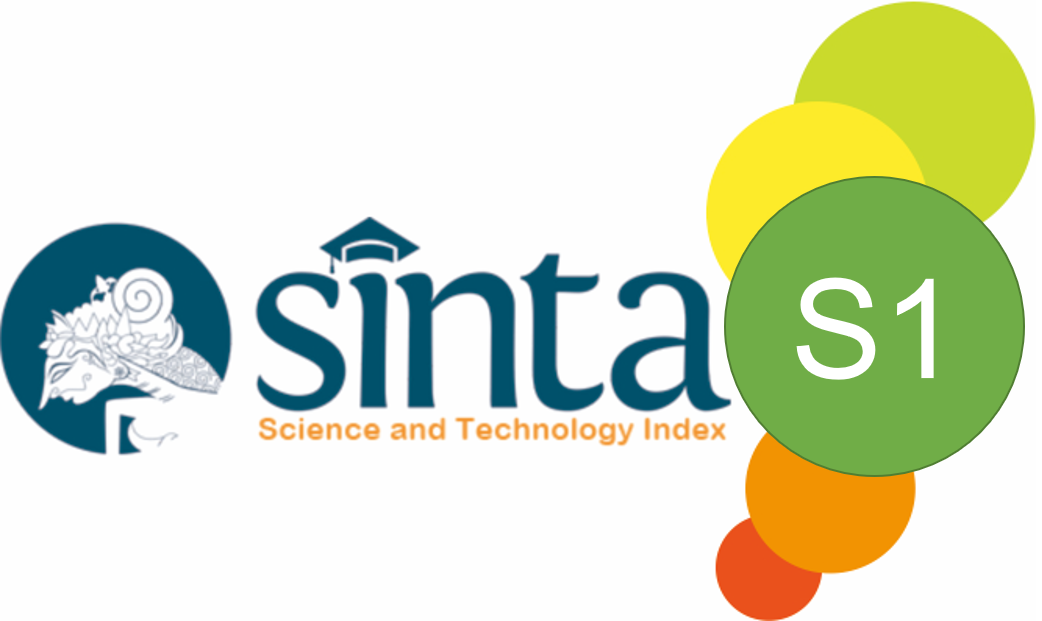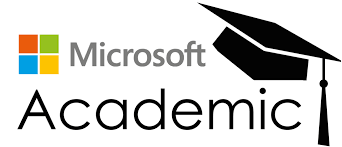Modernization of Submersible Pump Designs for Sustainable Irrigation: A Bibliometric and Experimental Contribution to Sustainable Development Goals (SDGs)
Abstract
Keywords
Full Text:
PDFReferences
Glovatskiy, O., Ergashev, R., Rashidov, J., Nasyrova, N., & Kholbutaev, B. (2021). Experimental and theoretical studies of pumps of irrigation pumping stations. E3S Web of Conferences, 263, 02030.
Nosirov, F. Zh. (2020). Technological foundations of energy saving during the operation of machine water lifting systems. Scientific-Technical Journal FerPI, 24(6), 239-242.
Ramazanov, A. (2019). Lessons of "extensive" development of irrigated agriculture in Uzbekistan: Ways to increase efficiency. Ways to Increase the Efficiency of Irrigated Agriculture, 1(73), 260-265.
Ramazanov, A., Vafoev, S., & Dauletov, N. (2019). Technical condition of existing types and power of the drainage system on the irrigated lands. Irrigation and Land Reclamation, 1(4), 8-12.
Xujakulov, R. (2023). Interaction of hydraulic structures and their subsidence bases. AIP Conference Proceedings, 2612, 020038.
Nandiyanto, A. B. D., Al Husaeni, D. F., & Al Husaeni, D. F. (2021). A bibliometric analysis of chemical engineering research using vosviewer and its correlation with Covid-19 pandemic condition. Journal of Engineering Science and Technology, 16(6), 4414-4422.
Nandiyanto, A. B. D., Ragadhita, R., Al Husaeni, D. N., & Nugraha, W. C. (2023). Research trend on the use of mercury in gold mining: Literature review and bibliometric analysis. Moroccan Journal of Chemistry, 11(1), 1-19.
Maryanti, R., Rahayu, N., Muktiarni, M., Al Husaeni, D.F., Hufad, A., Sunardi, S., & Nandiyanto, A. B. D. (2022). Sustainable development goals (SDGs) in science education: Definition, literature review, and bibliometric analysis. Journal of Engineering Science and Technology, 17, 161-181.
Bakiev, M. R. (2018). Criteria for the reliability of the Ugam irrigation system. In International Scientific and Practical Conference: Improving the Efficiency, Reliability, and Safety of Hydraulic Structures, 1, 23-28.
Eshev, S., Khazratov, A., Rakhimov, A., & Latipov, Sh. A. (2020). Influence of wind waves on the flow in flowing reservoirs. IIUM Engineering Journal, 21(2), 125-132.
Dzhurabekov, A., Rustamov, Sh., Nasyrova, N., & Rashidov, J. (2021). Erosion processes during non-stationary cavitation of irrigation pumps. E3S Web of Conferences, 264, 03016.
Kan, E., Muratov, A., Yusupov, M., & Ikramov, N. (2021). Calculation of water hammer on the pressure pipeline of modernized irrigation pumping station. IOP Conference Series: Materials Science and Engineering, 1030, 012127.
Glovatskiy, O., Sharipov, S., Saparov, A., Gazaryan, A., Nasyrova, N., & Saydullaev, S. (2023). Model studies of a curved suction pipe of pumping units. E3S Web of Conferences, 410, 05016.
Kan, E., Mukhammadiev, M., & Ikramov, N. (2020). Methods of regulating the work of units at irrigation pumping stations. IOP Conference Series: Materials Science and Engineering, 869, 042009.
Amin, M.H., Sajak, A.A.B., Jaafar, J., Husin, H.S., and Mohamad, S. (2022). Real time water quality monitoring system for smart city in Malaysia. ASEAN Journal of Science and Engineering, 2(1), 47-64.
Rochman, S., Rustaman, N., Ramalis, T. R., Amri, K., Zukmadini, A. Y., Ismail, I., & Putra, A. H. (2024). How bibliometric analysis using VOSviewer based on artificial intelligence data (using ResearchRabbit Data): Explore research trends in hydrology content. ASEAN Journal of Science and Engineering, 4(2), 251-294.
Al Husaeni, D. F., & Nandiyanto, A. B. D. (2022). Bibliometric using VOSviewer with publish or perish (using Google Scholar data): From step-by-step processing for users to the practical examples in the analysis of digital learning articles in pre and post covid-19 pandemic. ASEAN Journal of Science and Engineering, 2(1), 19-46.
Al Husaeni, D. N., & Al Husaeni, D. F. (2022). How to calculate bibliometric using VOSviewer with Publish or Perish (using Scopus data): Science education keywords. Indonesian Journal of Educational Research and Technology, 2(3), 247-274.
Kerans, G., Sanjaya, Y., Liliasari, L., Pamungkas, J., & Ate, G. Y. (2024). Effect of substrate and water on cultivation of Sumba seaworm (nyale) and experimental practicum design for improving critical and creative thinking skills of prospective science teacher in biology and supporting sustainable development goals (SDGs). ASEAN Journal of Science and Engineering, 4(3), 383-404.
Rahmat, A., Zahrani, A., Hidayat, H., Arum, F., Respati, S. A., Susanti, W. D., Hariadi, H., & Mutolib, A. (2025). Characteristics of jengkol peel (Pithecellobium jiringa) biochar produced at various pyrolysis temperatures for enhanced agricultural waste management and supporting sustainable development goals (SDGs). ASEAN Journal of Science and Engineering, 5(1), 145-172.
Basnur, J., Putra, M. F. F., Jayusman, S. V. A., & Zulhilmi, Z. (2024). Sustainable packaging: Bioplastics as a low-carbon future step for the sustainable development goals (SDGs). ASEAN Journal for Science and Engineering in Materials, 3(1), 51-58.
Nurnabila, A. T., Basnur, J., Rismayani, R., Ramadhani, S., & Zulhilmi, Z. (2023). Analysis of the application of Mediterranean diet patterns on sustainability to support the achievement of sustainable development goals (SDGs): Zero hunger, good health and well beings, responsible consumption, and production. ASEAN Journal of Agricultural and Food Engineering, 2(2), 105-112.
Awalussillmi, I., Febriyana, K. R., Padilah, N., & Saadah, N. A. (2023). Efforts to improve sustainable development goals (SDGs) through education on diversification of food using infographic: Animal and vegetable protein. ASEAN Journal of Agricultural and Food Engineering, 2(2), 113-120.
Rahmah, F. A., Nurlaela, N., Anugrah, R., & Putri, Y. A. R. (2024). Safe food treatment technology: The key to realizing the sustainable development goals (SDGs) zero hunger and optimal health. ASEAN Journal of Agricultural and Food Engineering, 3(1), 57-66.
Keisyafa, A., Sunarya, D. N., Aghniya, S. M., & Maula, S. P. (2024). Analysis of student’s awareness of sustainable diet in reducing carbon footprint to support sustainable development goals (SDGs) 2030. ASEAN Journal of Agricultural and Food Engineering, 3(1), 67-74.
DOI: https://doi.org/10.17509/ijost.v10i3.85476
Refbacks
- There are currently no refbacks.
Copyright (c) 2025 Universitas Pendidikan Indonesia

This work is licensed under a Creative Commons Attribution-ShareAlike 4.0 International License.
Indonesian Journal of Science and Technology is published by UPI.
View My Stats




















